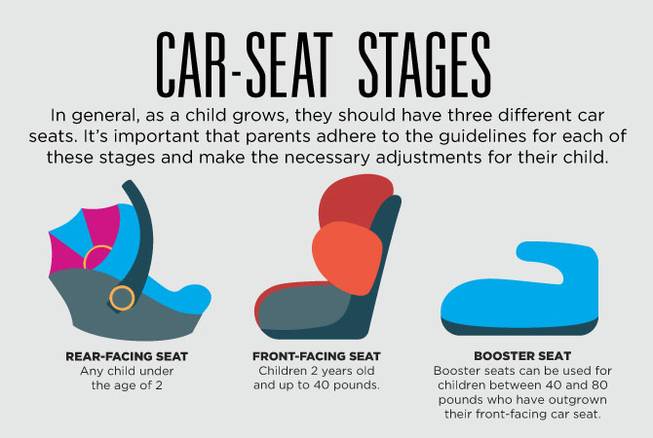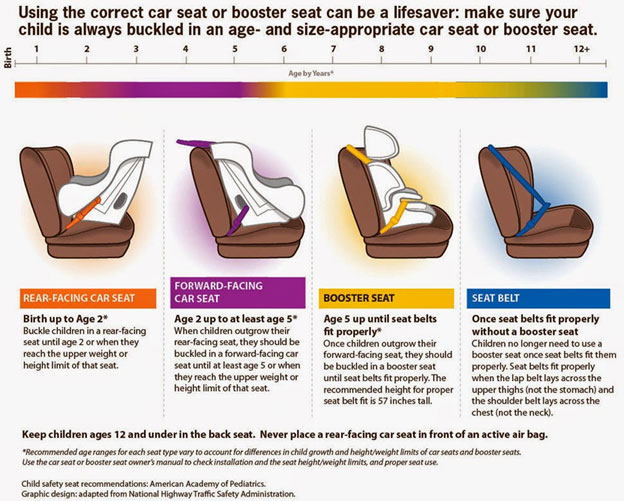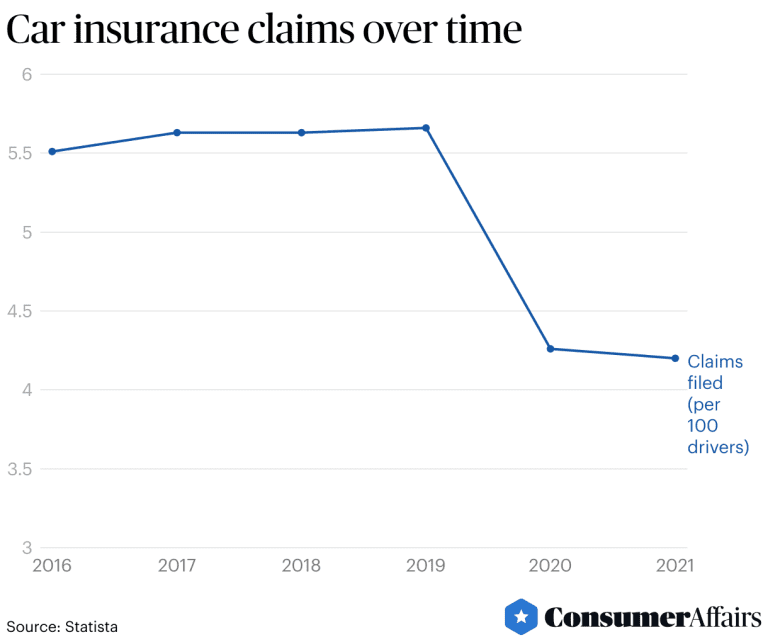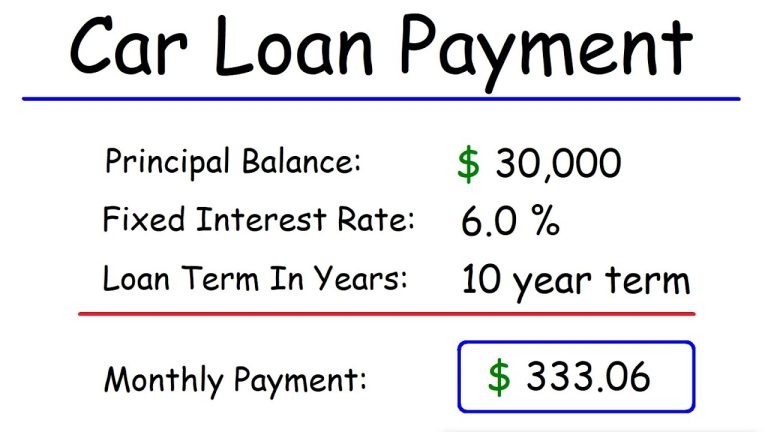What Age for a Car Seat: Essential Guidelines for Parents
Choosing the right age for a car seat is crucial for your child’s safety. Regulations and guidelines help you make the best choice.
Parents often wonder when to switch car seats. The answer depends on age, weight, and height. From infancy to toddlerhood and beyond, selecting the correct car seat ensures your child’s protection on the road. Understanding these guidelines can help you make informed decisions, providing peace of mind.
We will explore the different stages of car seat requirements, making it easier for you to keep your child safe. Stay tuned to learn more about the specific age and size recommendations for car seats.
Introduction To Car Seat Safety
Car seats keep children safe. They protect kids during car rides. A car seat fits a child’s size and weight. This reduces injury risk in an accident. Without a car seat, even a small crash can be very dangerous.
Every country has laws about car seats. These laws say when to use a car seat. They also say which type of car seat to use. Parents must follow these laws. Breaking them can lead to fines. More importantly, it puts children at risk.

Credit: csftl.org
Choosing The Right Car Seat
Car seats come in different types. First, there are infant car seats. These are for babies up to 2 years old. They face the rear. Then, there are convertible car seats. These can face both rear and front. They are for toddlers and older kids. Lastly, there are booster seats. These are for kids over 4 years old. They help kids use the car’s seat belt correctly.
Age is an important factor. Newborns need infant seats. Older kids need booster seats. Weight and height also matter. Check the car seat’s guidelines. Safety features are crucial. Look for seats with side impact protection. Ease of installation is key. A properly installed seat is safer. Comfort is another factor. A comfy seat keeps kids happy during rides.
Infant Car Seats
Infant car seats are for babies from birth to around 1 year. They are designed for babies weighing up to 22 pounds. Some models may support babies up to 30 pounds. Always check the manufacturer’s guidelines for exact limits. These seats provide safety and comfort for newborns.
Make sure the car seat is installed in the back seat. This is the safest place for infants. Use the seat belt or LATCH system to secure the seat. Check the angle of the seat. Most infant seats have an angle indicator. Ensure the seat is at the correct angle. Tighten the straps properly. They should be snug but not too tight. Double-check the installation before every trip.
Convertible Car Seats
Parents often wonder about the right time to switch to a convertible car seat. Experts say, between 9 to 12 months is ideal. Your child should weigh at least 20 pounds. Height is also important. Kids should be at least 29 inches tall. Always check the car seat manual for exact guidelines. Safety first!
Convertible seats grow with your child. They can be used from birth up to 65 pounds. This means you save money over time. No need to buy multiple seats. Comfort and safety are key features. These seats can be rear-facing and later converted to forward-facing. This helps in keeping your child safe at different stages. Easy adjustments make them user-friendly.
Booster Seats
Children usually need a booster seat from age 4 to 12. Most kids are ready for a booster seat when they outgrow their forward-facing car seat. The right age depends on the child’s weight and height. Kids must be at least 4 years old and weigh more than 40 pounds. Some children might need a booster seat until they are 12 years old. Always check your local laws and guidelines.
Booster seats must be used with a seat belt. The seat belt should fit snugly across the child’s chest and lap. The shoulder belt must lie across the chest, not the neck. The lap belt should fit low and tight across the hips. Never use a booster seat without a seat belt. Make sure the booster seat is firmly attached to the car seat. Always read the booster seat manual for proper installation.
Common Mistakes
Many parents install car seats the wrong way. They might not read the manual. Some forget to use the seat belt correctly. Others don’t secure the car seat tightly. This can make the seat unsafe. Always check if the seat wiggles. It should not move more than an inch. Follow the steps carefully. Double-check your work.
Switching car seats too early is risky. Each seat fits a specific age and weight. Moving to the next seat too soon can be dangerous. Babies need rear-facing seats longer. Toddlers need forward-facing seats. Don’t rush the transition. Follow the guidelines for each type. Keep your child safe by using the right seat at the right time.
Safety Tips
Check your car seat often. Make sure it is secure and tight. Look for any damage. Small cracks can be unsafe. Always check the buckles. They should work easily. Clean them if they get dirty. This keeps your child safe every time.
Car seats have expiration dates. Always know when yours will expire. Expired seats can be unsafe. Also, check for recalls. Sometimes, seats have problems. The company will fix it. Sign up for recall alerts. This helps keep your child safe.

Credit: jacksonvillechristianacademy.com
Resources For Parents
Choosing the right age for a car seat is essential for child safety. Use rear-facing seats for infants until age two. Transition to forward-facing seats as they grow.
Where To Get Help
Parents can find help online. Many websites offer car seat guides. Check local health centers for advice. Pediatricians can give safety tips too. Join parenting groups for support. Some stores provide car seat installation help. Certified technicians can check if seats are safe. Local fire stations often help with car seats. Libraries have books on car seat safety. Schools may offer classes for new parents. Always ask for help when unsure.
Educational Materials
Many resources teach about car seats. Look for videos online. Some websites have step-by-step guides. Download safety checklists to follow. Read articles from trusted sources. Brochures are available at clinics. Infographics make learning easier. Use apps that remind you about safety checks. Flyers are handed out at health fairs. Libraries lend out DVDs on car seat safety. Some hospitals give out free booklets.

Credit: www.copcp.com
Frequently Asked Questions
What Are The Age Stages For Car Seats?
Car seat stages: Infants use rear-facing seats. Toddlers switch to forward-facing seats. Preschoolers transition to booster seats. Children use booster seats until seat belts fit properly.
When Can A Child Go Without A Car Seat Or Booster?
A child can stop using a car seat or booster when they are 4 feet 9 inches tall, typically between ages 8-12. Always check state laws for specific requirements.
What Age Do You Stop Riding In A Car Seat?
Children can stop using a car seat when they are 12 years old or 4 feet 9 inches tall. Follow local laws.
Which Car Seat For Each Age?
Infants use rear-facing seats. Toddlers transition to forward-facing seats. Preschoolers need booster seats. Older kids use seat belts.
Conclusion
Choosing the right car seat for your child is crucial. Safety depends on the age, weight, and height of your child. Always check the guidelines on the car seat. Remember, each child is different. Regularly adjust the car seat as your child grows.
Proper installation is key for protection. Stay updated on car seat safety recommendations. Ensure your child’s car seat fits well in your vehicle. This way, you provide the best safety for your little one while traveling.







